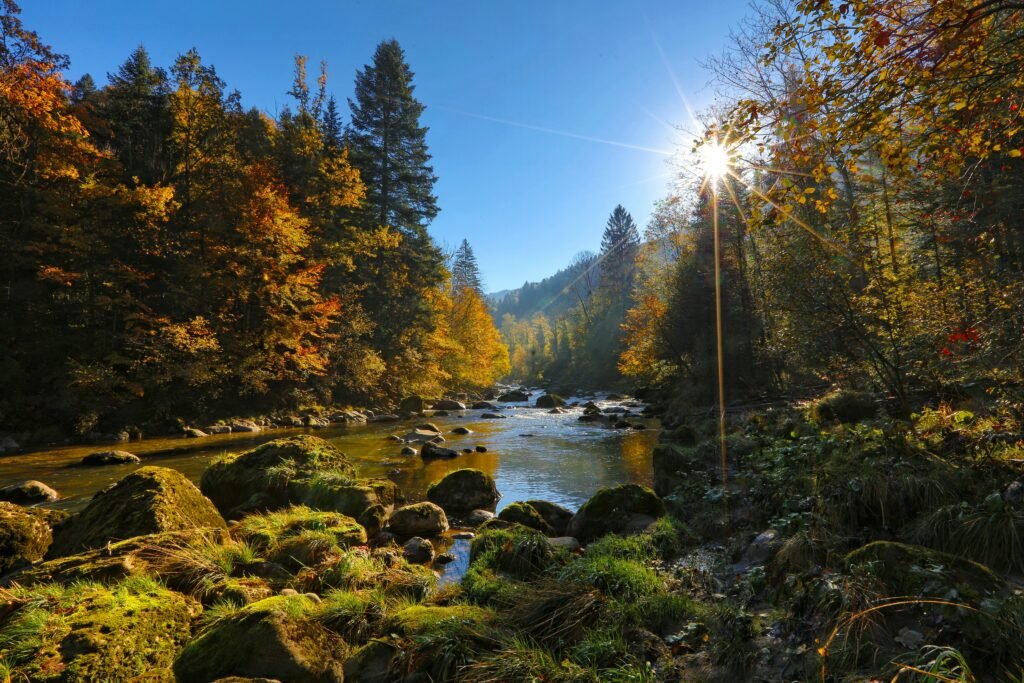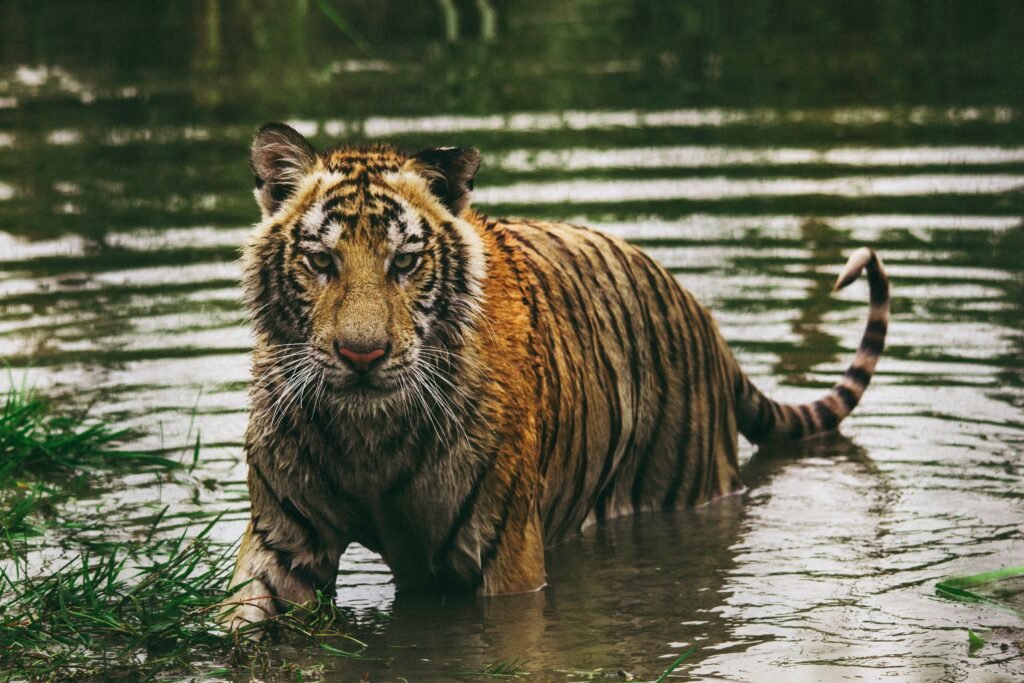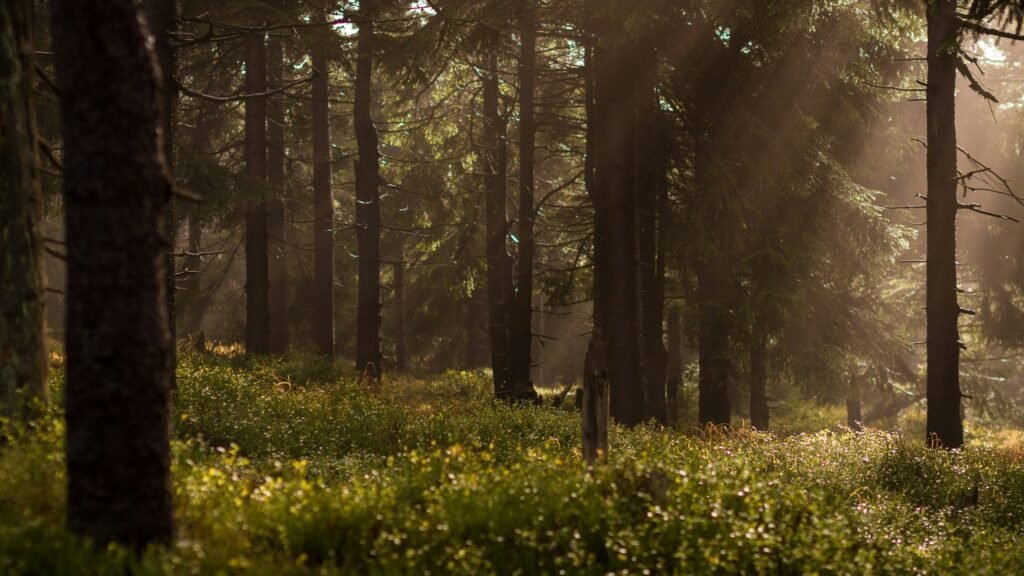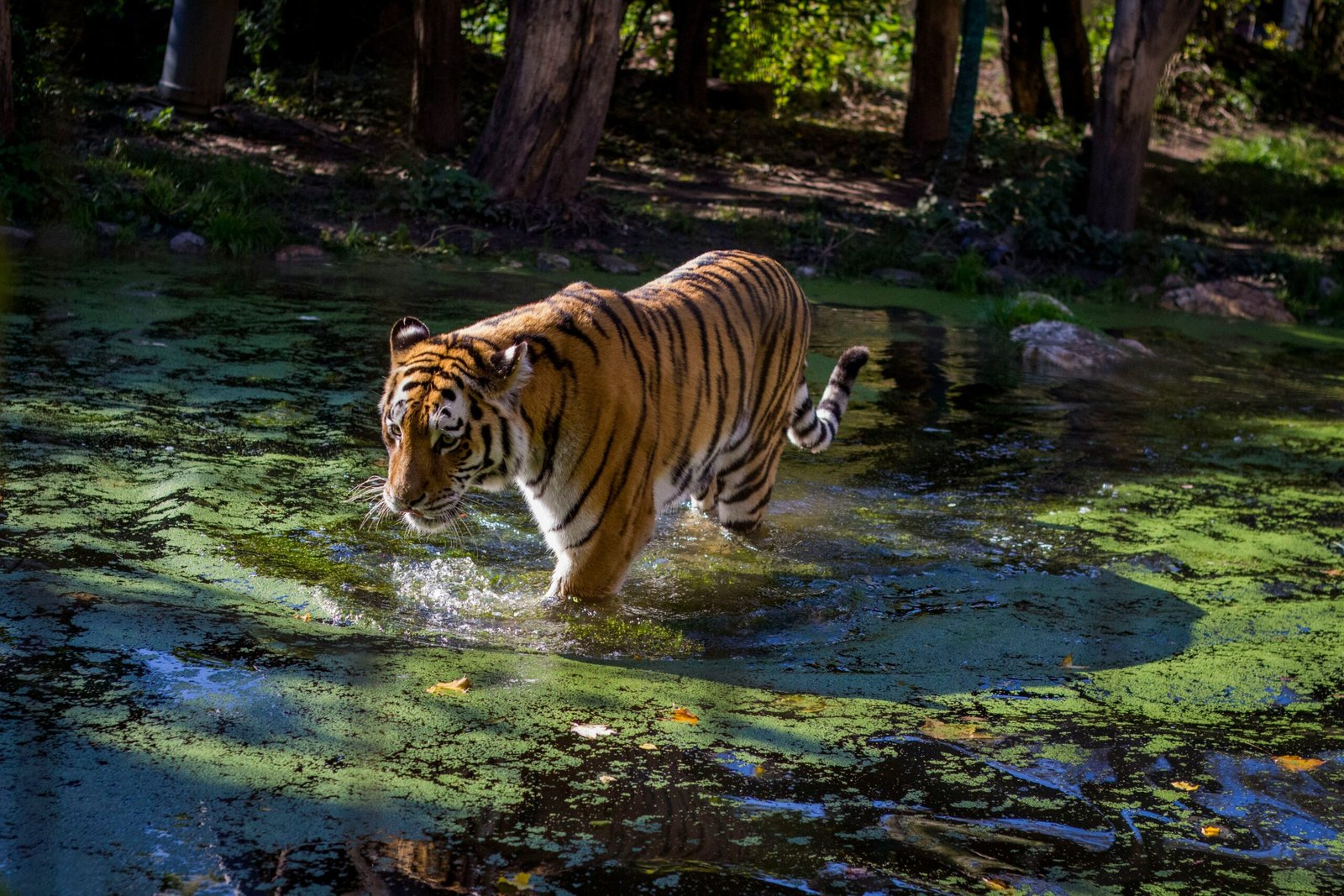
The Sundarbans Mangrove Forest is an incredible UNESCO World Heritage site and one of the largest mangrove forests in the world, stretching across Bangladesh and India. Here’s a complete tour guide to make your journey memorable.
- Overview of the Sundarbans
Location: Primarily in the southern region of Bangladesh, extending into West Bengal, India.
Known For: Diverse flora and fauna, including the famous Bengal tiger, crocodiles, spotted deer, wild boars, and many bird species.
Best Time to Visit: November to February for cooler weather and easier wildlife sightings.
- How to Get There
From Dhaka:
By Flight: Fly to Jessore or Khulna, then travel by road to Mongla, the main gateway.
By Train: Direct trains from Dhaka to Khulna, followed by a bus or car to Mongla.
By Bus: Direct buses from Dhaka to Khulna, then continue to Mongla.
From Kolkata (India):
Travel to the Sundarbans via Sundarban tour operators in Kolkata. You’ll start from places like Gosaba or Godkhali.
- Permits and Guides
Permits are required for entry into the Sundarbans, usually handled by tour operators.
Licensed Guides are essential for safety and navigation, as the forest is dense and home to many wild animals.
- Accommodation
Mongla: Lodges and hotels are available.
Houseboats and Cruises: Some operators offer multi-day boat stays, giving a unique experience on the water.
Eco-resorts: There are eco-friendly resorts on the edges of the forest, offering a natural experience with comfort.

- Things to Do
Wildlife Safaris: The highlight, especially for sightings of the Bengal tiger, spotted deer, and diverse birdlife. Tours are usually by boat.
Canopy Walk: Sundarbans has towers and canopy walks to view the dense forest from above.
Birdwatching: Watch for kingfishers, storks, and migratory birds, especially from November to February.
Village Visits: Meet the local communities, learning about their unique lifestyle and struggles with wildlife.
Fishing and Crab Collection: Participate in traditional fishing or crab catching with locals.
- Important Tourist Spots
Kotka Beach: Famous for wildlife sightings and scenic beauty, where the river meets the Bay of Bengal.
Hiron Point: Great for seeing tigers, deer, and other animals. Known as a prime spot for forest adventures.
Dobanki Watch Tower: Offers a bird’s-eye view of the forest and wildlife.
Jamtola Beach: A peaceful, scenic spot for relaxation and walks.
- Tips for Travelers
Safety First: Follow the guides’ instructions closely; wildlife, especially tigers and crocodiles, can be dangerous.
Pack Wisely: Bring insect repellent, sunscreen, water, lightweight clothing, and binoculars.
Respect the Environment: Avoid littering and disturbing wildlife.
Carry Cash: Most areas don’t have ATMs, so ensure you have sufficient cash for the trip.
Health Precautions: Drink only bottled water and carry basic first aid, as medical facilities are limited in remote areas.
- Sample Itinerary (3 Days)
Day 1: Arrival in Mongla, board a boat, check out Kotka Beach, and enjoy a forest walk.
Day 2: Wildlife safari to Hiron Point, canopy walk, and a trip to Dobanki Watch Tower.
Day 3: Visit a local village, relax at Jamtola Beach, and return to Mongla.

- Tour Packages
Sundarbans tours are typically available from tour operators offering packages that include transportation, accommodation, food, permits, and guides.
Duration: Typically 2 to 4 days.
Cost: Varies depending on the type of accommodation and services.
- Local Culture and Cuisine
Enjoy fresh seafood and try local Bengali dishes.
Engage with locals and learn about their traditional ways of fishing and honey collection.
This guide provides everything you need to explore the Sundarbans Mangrove Forest safely and meaningfully. Let me know if you need more specific



iformetive post. thank you
This is Very effective post
Thanks